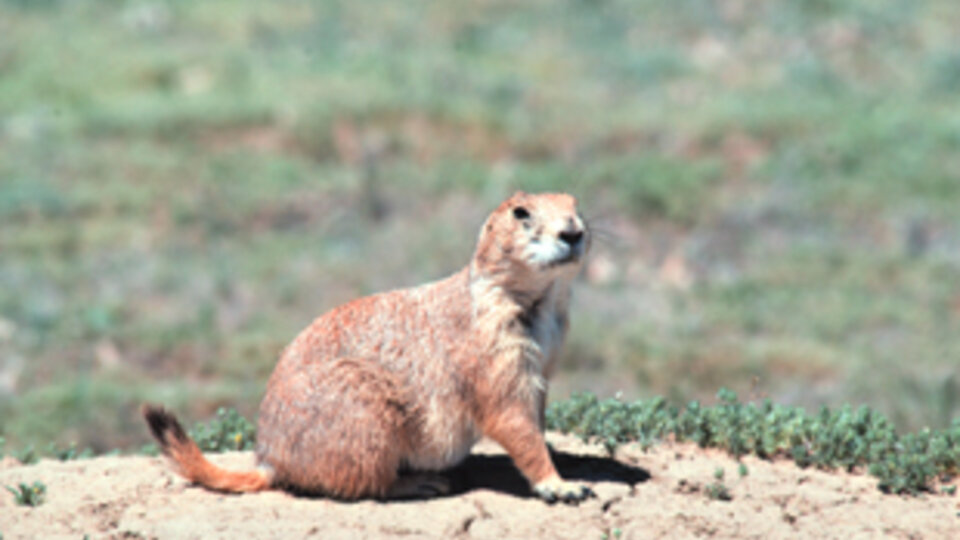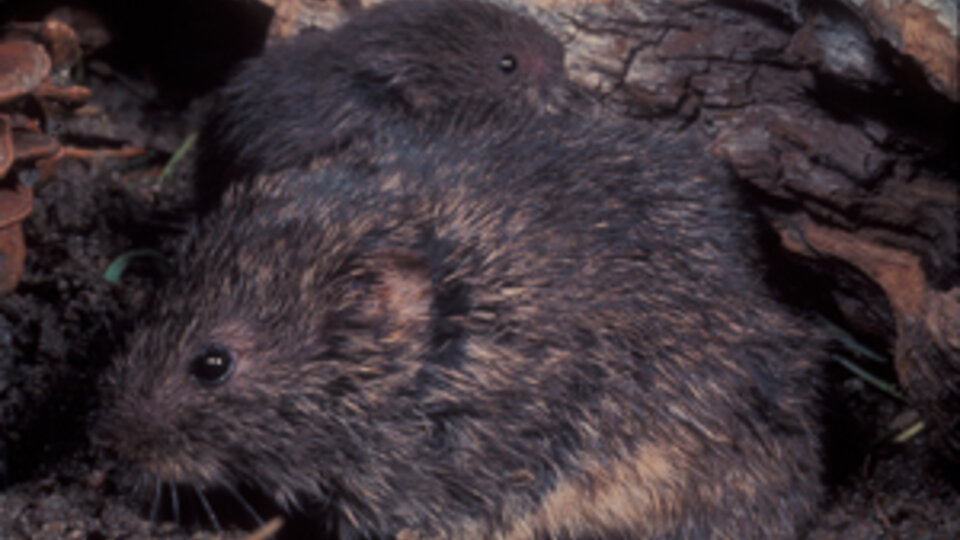Pocket gophers can cause significant damage to plants, underground utilities, and the overall appearance of your yard. These burrowing rodents create extensive tunnel systems and soil mounds, disrupting root systems, killing plants, and leaving the ground uneven.

Prairie dogs inhabit the western two thirds of the state. Burrows will have 1 - 2 entrances and are about 6ft - 9ft deep and 10ft - 20ft long. Prairie dogs typically will eat plants less than 1in high. Their grazing habits can interfere with crop production and grazing land for livestock.

Raccoons are adaptable and resourceful creatures that often seek shelter in abandoned dens, hollow trees, crawl spaces, storm drains, attics, and chimneys. Signs of raccoon activity include shredded sod in your yard, 4-6 inch holes in your roof, and scratches or smudge marks on trees or buildings where they’ve climbed.

Rats can thrive in a variety of environments, including buildings, sewers, piles of debris, heavy vegetation, and cluttered areas. They can enter through openings as small as 1/2 inch in diameter and create den entrances that are 2 to 3 inches wide, often with smooth, worn ground from regular use.

Squirrel damage can be identified by droppings, small holes in your yard, gnawed holes in wooden structures, and signs of nesting materials such as leaves, twigs, shells, and shredded insulation inside your home. Squirrels are capable of squeezing through holes as small as 1 ½ inches in diameter, which they can enlarge by gnawing.

Gnaw marks of voles will be irregular in appearance and at different angles. Depending on the type of vole, voles will create either surface runway systems or borrows. Voles may travel in mole tunnels to access flower bulbs and other plant roots. Voles are also known to clip off young plants and dig up seeds.

Managing woodchucks, also known as groundhogs, involves addressing their burrowing behavior and preventing damage to gardens and landscapes. Woodchucks are known for their extensive burrow systems, which can undermine garden beds, lawns, and even foundations, and for their feeding habits, which can damage vegetables and ornamental plants.
